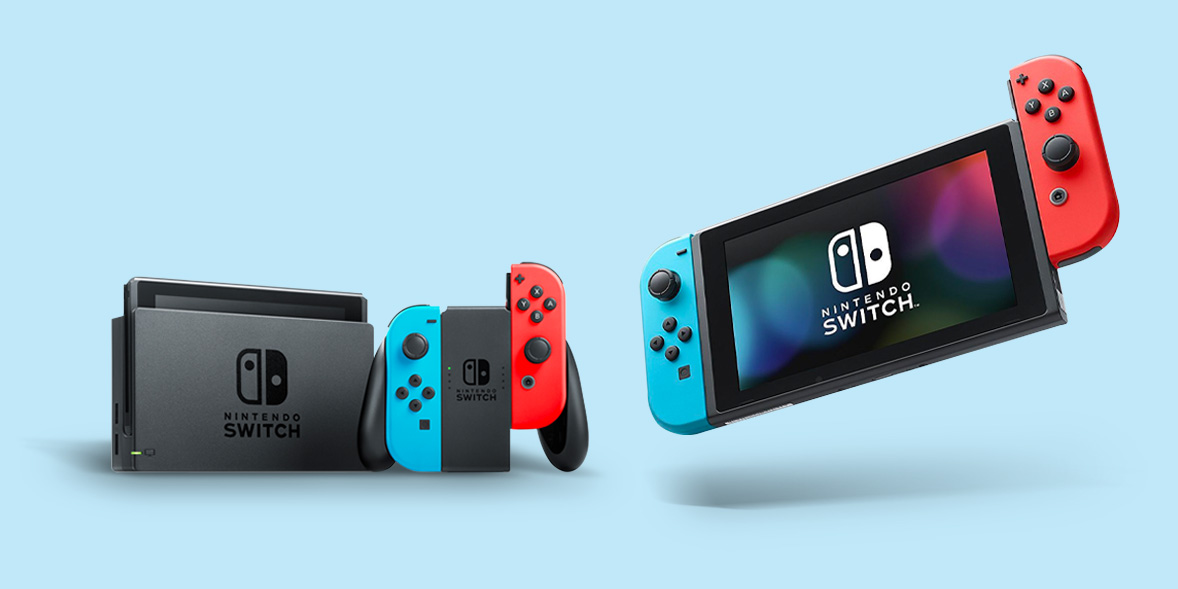
Best Nintendo Switch deals May 2024
02 May 2024

Our rigorous lab-based pulse oximeter tests show that you don't need to buy an expensive model to get one that does the job well.
Every pulse oximeter we test is subject to the same extensive evaluations to ensure we recommend only the best, most reliable devices.
Our tests are independent. We ignore price and measure performance in a standardized lab test, based on the way people use pulse oximeters in real life.
Here, we explain more about our testing process and how we uncover the most accurate pulse oximeters.
Find out which products we rated highly in our pulse oximeter reviews.

To test whether a pulse oximeter will give consistently accurate readings, we use criteria that adhere to British Standards.
We take readings for SpO2 (blood oxygen saturation) and pulse rate using each of the pulse oximeters on test, and compare them with a professional medical device.
We test on a panel of 10 healthy adults from a range of ethnicities to check whether there are any differences in accuracy on different skin tones.
If a pulse oximeter fails our accuracy tests, we'll make it a Don't Buy and advise people not to buy it.
We rate each pulse oximeter on the time it takes to record 'stable' SpO2 and pulse rate readings that don't fluctuate. This is measured in seconds and documented for each run of testing we do - we test each model five times on each member of our panel.
Our tests show the time taken can vary considerably, from three up to 18 seconds. This could make all the difference if you need to take regular readings, and mean less time with the gadget stuck to your finger.

We use a combination of lab experts and members of our testing panel to rate how simple each pulse oximeter is to set up and use.
They comment on how easy it is to take your own SpO2 and pulse measurements, how clearly the readings show up on the display, how simple it is to use any extra features (eg additional display settings) and how clear and comprehensive the instruction manual is.
This is important, as using a pulse oximeter properly is key to getting good readings, and being able to easily interpret the information you receive will make managing your health simpler.
To help you find a pulse oximeter that won't interfere too much with your day-to-day life, our panel of testers rate how comfortable each device is to use. Our ratings take into account the weight of the device and how comfortable it is when attached to your finger.
Nobody wants a pulse oximeter that's too tight or weighs your hand down. We'll tell you if we think a model is uncomfortable or heavy.
You can rely on all the pulse oximeters that pass our SpO2 and pulse rate accuracy tests to give you a correct indication of your blood oxygen saturation as and when you need it.
Our Best Buy pulse oximeters cover these bases and more. As well as being accurate, they're also quick, easy to use, comfortable and convenient.